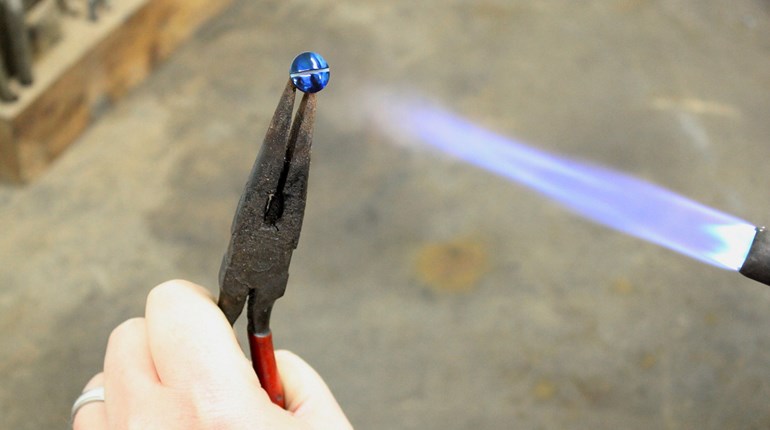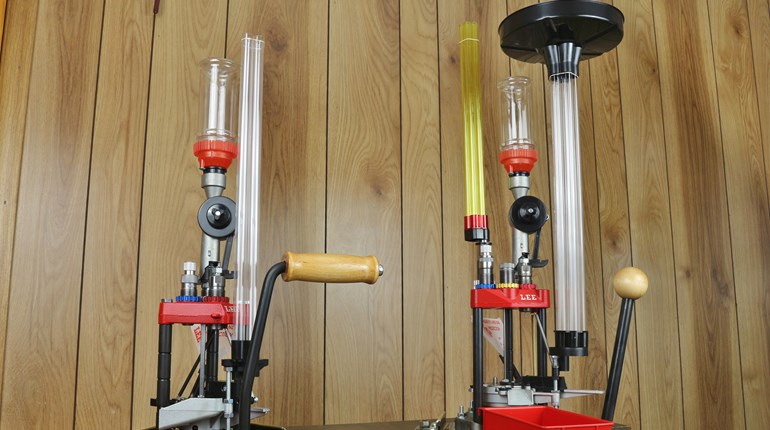
At one time, hunting deer bedding areas was considered a serious mistake, and something hunters should never do. Since then, it’s gradually become not only an accepted practice but also an encouraged one. After all, why wouldn’t you want to hunt deer in places where you can see them during legal hunting hours?
For those of you still on the fence of whether you should hunt bedding areas, the answer is a resounding “yes.” You greatly increase the odds of seeing and shooting deer by doing so, especially when chasing bucks that seem to be “nocturnal.” Of course, no deer is truly nocturnal. It just might seem that way because you aren’t hunting close enough to its bed, or it’s a deer that tends to move lesser distances during daylight, but no buck moves only under the cover of darkness.

Another reason to hunt bedding areas is because deer travel more in the morning than afternoon, especially during the rut. But most of this movement is close to bedding areas. Setting up on the fringes of these allows you to see more movement.
Not all bedding areas are huntable, though. You must know when to hunt them and when not to. Some aren’t accessible without spooking deer. And if you can’t access these without alerting deer, there’s no sense in hunting them.
All things considered, here are some tips for how to kill a buck in its bedroom. While the first few tips below must be completed during the post-season, you can still go with what you currently know, and deploy most of the following tactics.
1. Fully Understand the Property
You can hunt food sources and get away with not knowing a property well. That isn’t the case with bedding areas, though. You need to know where everything is located, and bedding areas can be found along benches, CRP fields, cutover timber, deep timber, ditches, drainages, hubs, islands of cover, leeward ridges, oxbows, peninsulas, ridge points, swamps, thickets, overlooked pockets of cover and other quality edge habitat. Basically, anything with a high stem count and low visibility is a solid spot to try.
2. Chart All Trail Networks
During the post-season, it’s great to walk and chart all the trails on a property, especially those in and around bedding areas. This helps you understand how deer are traversing these spots, and where to spend the most time.

3. Know How the Wind Works
Other than in the flattest of terrain, the wind rarely blows exactly as forecasted. In areas with varying topography, the terrain impacts it greatly. It takes time and experience in a given area to know what it does on a given wind direction, but that’s something you really need to know in order to minimize your chance of getting winded.
4. Understand How Bucks Use the Wind
Bucks don’t always walk with the wind in their face. But when they do, it’s generally of a morning when going back into a bedding area. Understanding this is important for selecting a hunting spot. Stay downwind of the trails these bucks will likely use when returning to their daytime lair.

5. Hang Pre-Set Treestands
It’s very difficult to hang treestands, or even use climbing treestands, in a bedding area on the same day as the hunt. These activities generally create at least a little noise, and one metallic sound can ruin an entire hunt. If you do hang a treestand or use a climber the morning of the hunt, do so safely and completely silently. With that said, the better option is to have pre-set lock-on stands in place long before the hunt.
6. Establish Good Entry and Exit Routes
If you can get there without bumping deer but can’t get out, it’s good for one hunt. If you can’t get there without spooking deer, it’s good for zero hunts. Establish good entry routes so you can get there without pushing deer out of the area. The same is true in reverse. The spot is ruined if you can’t get out without bumping deer, too. If it’s impossible to approach or depart without alerting deer, it isn’t huntable.

7. Time Your Punches
There are times to strike and times to lay off. You must know when to go and when to wait. Hold your cards until the conditions are optimal and good for encouraging daylight deer movement, such as cold fronts. Don’t waste a bedding area sit on a bad day. Wait for good odds.
8. Settle in Long Before Daylight
Oftentimes bucks make it back to their bedroom long before sunrise. That means you must get there much earlier. Generally, this means ascending the treestand two, three, maybe four hours before legal light begins. That’s an early wakeup call, but one worth heeding.
9. All-Day Sits Are Great
Once in a bedding area treestand, it pays to stay there all day. Don’t try to climb down and then return, as this greatly increases the odds of blowing deer out of the area. Instead, just sit daylight to dark. You’ll have much higher odds of killing that deer in the afternoon if you don’t walk out and back in.

10. Afternoon Arrivals Are a No-Go
On that note, depending on the specific scenario, it’s generally impossible to make it into a bedding area stand location for an afternoon hunt. As previously mentioned, get in long before daylight and hunt all day instead.
11. Hunt the Downwind Sides
Remember, wind is very important, and hunting the downwind side of a bedding area is important for several reasons. First, of a morning, deer generally approach their bedding area from downwind. And, secondly, you don’t want scent washing through a bedding area to begin with.
12. Remember Linear Lines of Movement
Deer hunting is all about connecting the dots. Outside of the rut, deer travel from bed to feed, feed to bed, bed to water, etc. Understanding these linear lines of movement helps you know where to set up. So consider where food and water sources are in reference to the bedding area you’re focusing on. When possible, set up between bed and feed along these lines of movement. The same holds true during the rut, when bucks are oftentimes going from doe bedding area to doe bedding area; set up between these.
13. Know When to Hunt Buck Bedding Areas
Outside of the rut, bucks oftentimes bed in areas away from does. Or, at least, they take the best available bedding within the patch of cover they share with does. So, outside of the rut, focus on the buck bedding areas.

14. Know When to Hunt Doe Bedding Areas
During the rut, the opposite is true. Focus more on doe bedding. The only time to disregard this information is when a buck is obviously participating very little in the rut and is sticking to its pre-rut patterns. That said, this is generally behavior exhibited by older bucks, and even then, it’s rare.
15. Create Great Opportunities
Some of the best bedding area hunts are designed, not thrown together on the fly. On private land, this means manipulating the land and setting it up for success. On public land, it requires lots of searching to find the bedding areas that not only harbor big deer, but are also laid out well for hunting.
Bonus: Don’t Hunt Too Much
As previously mentioned, it’s important to know when to hunt and when not to. Strike when the conditions are best. That said, don’t hunt too much. Save these spots for the best days, then go fill that buck tag. The clock is ticking, but don’t let it rush you if the conditions aren’t right. Be aggressively patient.



































